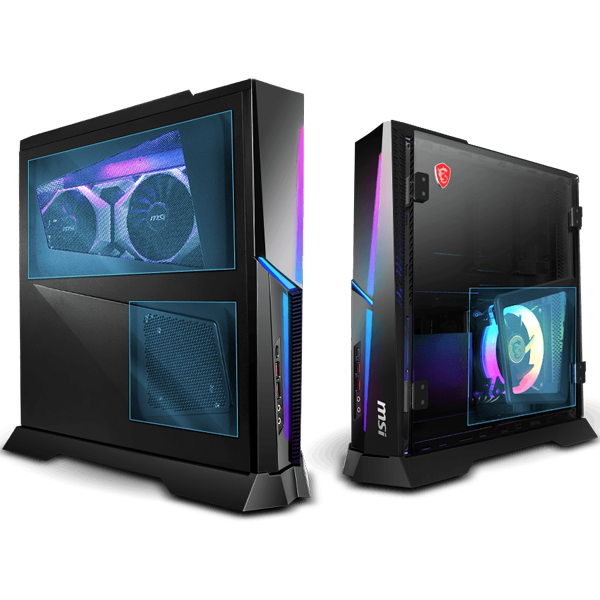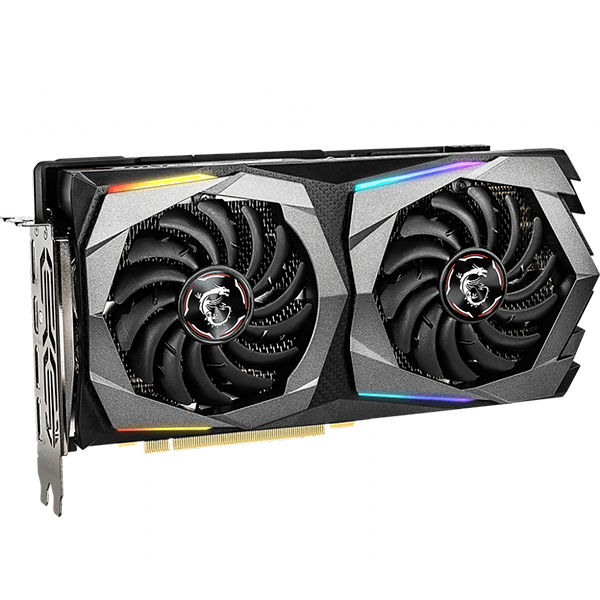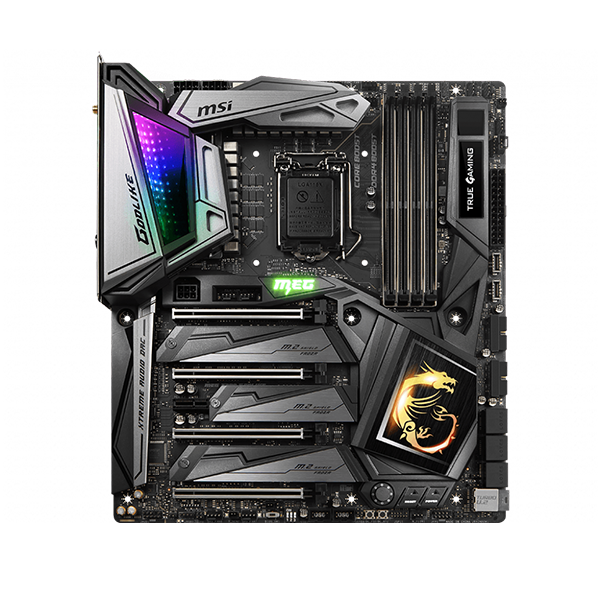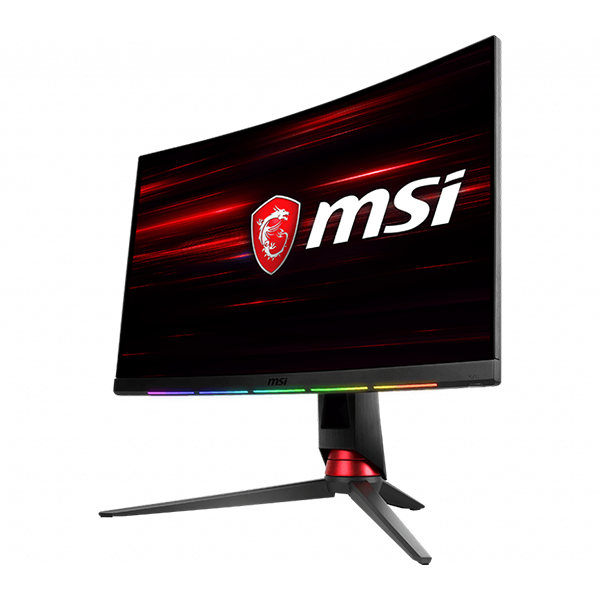[Desktop] Precautions when upgrading SSD on MSI Desktops
SSDs stand for Solid State Drives. There are currently two mainstream SSD interfaces available on the market: SATA and M.2. The following are precautions when upgrading SSD on MSI desktops.
- Introduction to common types of SSDs
- Check the computers’ hard drive Ports
- Check the SSD compatibility report
- Suggestions for SSD installation
Introduction to common types of SSDs
M.2 SSD
M.2 SSDs are further divided into two types: M.2 PCIE and M.2 SATA. Current mainstream M.2 SSDs available on the market have adopted the PCIE standard. When compared to SSDs with M.2 SATA standards, M.2 PCIE SSDs have higher bandwidths (speed) and lower data transmission delays.

SATA 3.0 SSD
Like traditional mechanical hard drives, SATA 3.0 SSDs also uses the SATA interface and require an additional power cable on top of the data cable. SATA 3.0 SSDs have similar performance to M.2 SATAs but differ in terms of their corresponding interfaces.

Check the computers’ hard drive Ports
Note: Before purchasing hard drives, please check whether the computer supports the hard drive ports as well as the number of hard drive slots available.
1. Enter MSI’s official website and click on the “magnifier” icon on the top-right corner, then search for the model number (using “MEG Aegis Ti5 12th” for example, press the “Enter key” to perform the search.

2. Find the model you are searching for and click “Specification”.

3. Check the support information for the hard drive based on your current desktop model.

Check the SSD compatibility report
Note: MSI suggests you use the hard drives on the compatibility list. Hard drives not listed were not tested by MSI, and may have compatibility issues.
1. Continuing from the above figure, click “SUPPORT” → “Recommended”.

2. Scroll down and find “HDD Report” to check the SSD compatibility list.

Suggestions for SSD installation
Please check the manual to correctly install the SSD. Improper SSD installation may damage the motherboard and/or the SSD and result in boot failure.
Note: When installing the M.2 SSD, please insert it at a 30° angle to the motherboard (step 3), then press it down and screw the SSD into place.






